Rosatom, Russia's state-owned atomic energy corporation that developes the Kudankulam nuclear power plant (KNPP) in Tamil Nadu, last month started the construction of the second stage of KNPP. Units 3 and 4, each of 1,000 MW capacity, are expected to be completed by 2022 and 2023, respectively. The first two units are fully operational, while the contract for another two units, comprising the third and final stage of the project, are being negotiated. In an interview with BusinessLine, Alexey Pimenov, CEO, Rosatom - South Asia, says Rosatom sees India as a potential market not only for conventional nuclear projects, but for renewable-powered innovations providing energy to remote, inaccessible regions of the country.
Nuclear power and renewables are not competitive
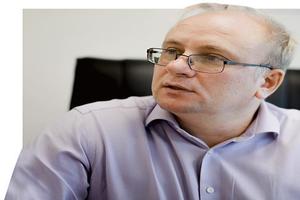
What is the roadmap for Units 5 and 6 of Kudankulam project after the general framework agreement and inter-governmental credit protocol were signed in June? What would be the total capacity of Kudankulam once all six units are operational?
The total power generation from six reactors of KNPP will be 6,000 MW. These documents signed in St. Petersburg are necessary for starting the construction of the third stage and specify the obligations of the parties, the cost and other important conditions of co-operation, and the next stage will be signing a contract which is being negotiated now.
India’s nuclear power capacity is expected to reach 15,000 MW by 2024 from current 6,780 MW. At the same time, the cost of renewable power has fallen dramatically. Can nuclear power compete with other power sources?
The debate on which power source is better or worse is wrong. What we need to talk about is the share each source will have in the energy mix. Nuclear power and renewables are not competitive and far less mutually exclusive – each has its advantages, application patterns and limitations.
While India is in a unique position when it comes to solar power generation, considering the number of sunny days it gets in a year, even then neither solar nor wind or hydro can be considered as base load power sources. Nuclear stations do not depend on the power of rivers, number of sunny days per year, or wind rose patterns.
As for nuclear power, currently KNPP is the most competitive nuclear project in India in terms of the cost of power produced. As Jitendra Singh, Minister of State, recently mentioned, the cost of power generation from KNPP is ₹4.10 per unit.
In 2014, India and Russia agreed to build 12 more NPPs of Russian design, is there any clarity on the possible site for the new projects?
We expect the sites to be selected in the nearest time and that the process of signing contracts for new units will begin.
Rosatom’s 10-year-long order book of international orders crossed $133 billion in 2016, up by 20 per cent from 2015. What’s India’s role in this?
Rosatom is now engaged in 34 nuclear construction projects abroad, in Europe, West Asia, Africa and South Asia. Apart from this core business, we believe our total revenue should grow significantly through projects in new areas, such as nuclear medicine, broader isotope supplies, petrochemical equipment, and other non-power and non-nuclear fields.
We intend to continue sharing our best practices with India where we can offer not only latest technologies in the nuclear space, but innovative solutions for powering remote areas, for using nuclear energy in food processing or using composite materials in consumer applications.
We are ready to offer India a number of solutions. One of them is floating nuclear power plants (FNPP), which is a mobile low-capacity reactor operable in remote areas isolated from the power grid or in placed hard to access by land. It’s a new trend in the global nuclear power industry.
The FNPP is actually a non-self propelled vessel that is towed by the river or the sea to the operational site and once on site, is integrated into the coastal network to provide electric power to the consumers. The first such NPP is currently being constructed by Rosatom in Russia’s Far East, Chukotka.
Hydropower is another area where Rosatom can bring its expertise in innovations. Rosatom’s engineering division Ganz EEM, located in Hungary, manufactures mini hydropower plants mounted in a standard container.
It is a simple and cost-effective solution for connecting remote areas rich in hydro energy that are not connected to the grid either because they are too remotely located or because it might not be financially viable. The system can start operating once it is transported to the spot in a standard container and connected to the local network, so the production of electricity can be started within a month after delivery, while the plant’s management and control can be done remotely.
Earlier this year, Rosatom ventured into the wind energy space. Are you considering participation in wind power sector in India as well?
Rosatom has always been a producer of non-carbon energy. What we do now is just adding another promising product to our portfolio. From now on and for several years to come, we plan to expand into Russia's wind energy industry with prospects of entering international markets. However, in India, we would consider participating in wind-projects as equipment and technology supplier, but not as a project developer or owner.
You’ve mentioned composites, are you exploring carbon fibre market in India, too?
Our subsidiary, the UMATEX Group, has signed agreements with several Indian companies, names of which we cannot disclose at this stage, for localising carbon cloth manufacturing in India. For this, we will supply raw carbon fibre and prepregs from Russia. Setting up manufacturing of raw carbon fibres that are further for manufacturing of various goods for wide range of industries, from defence to construction to consumer good can only make sense, if there is enough demand for such goods. In India, this demand has just started picking up, that’s why this industry has a lot of potential for us and our partners. We could also export jointly developed products to other countries.



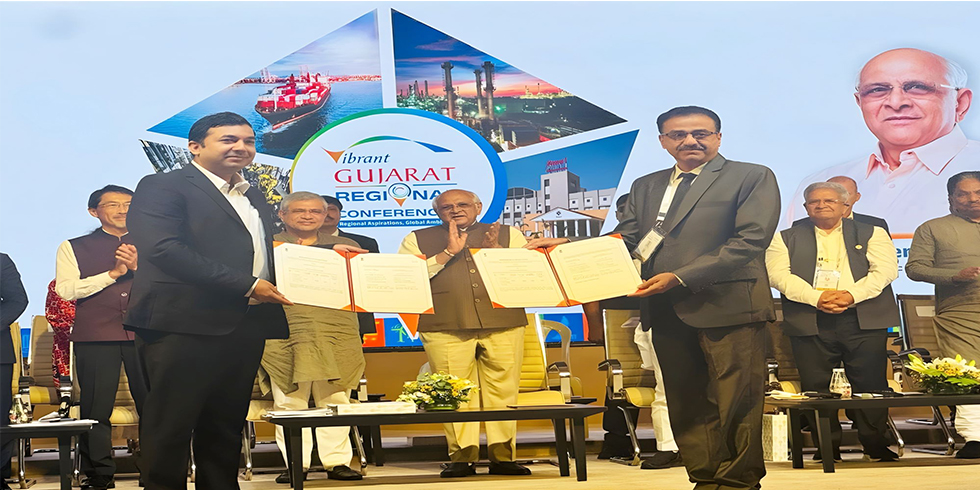
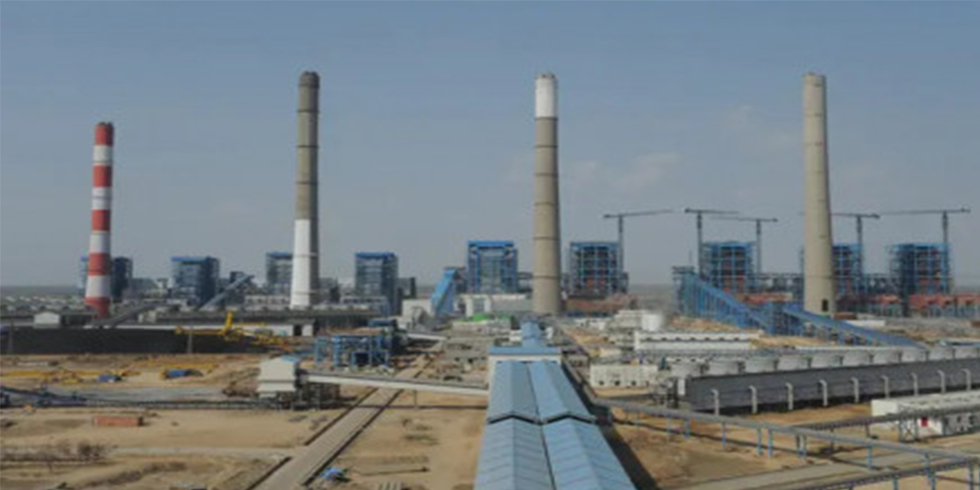
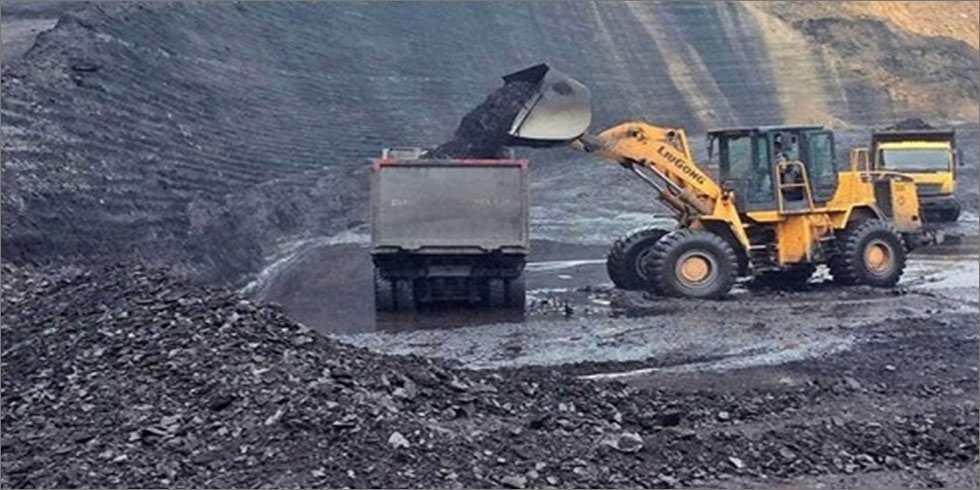

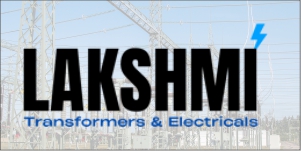
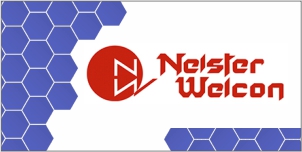
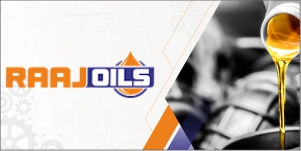
Add Comment